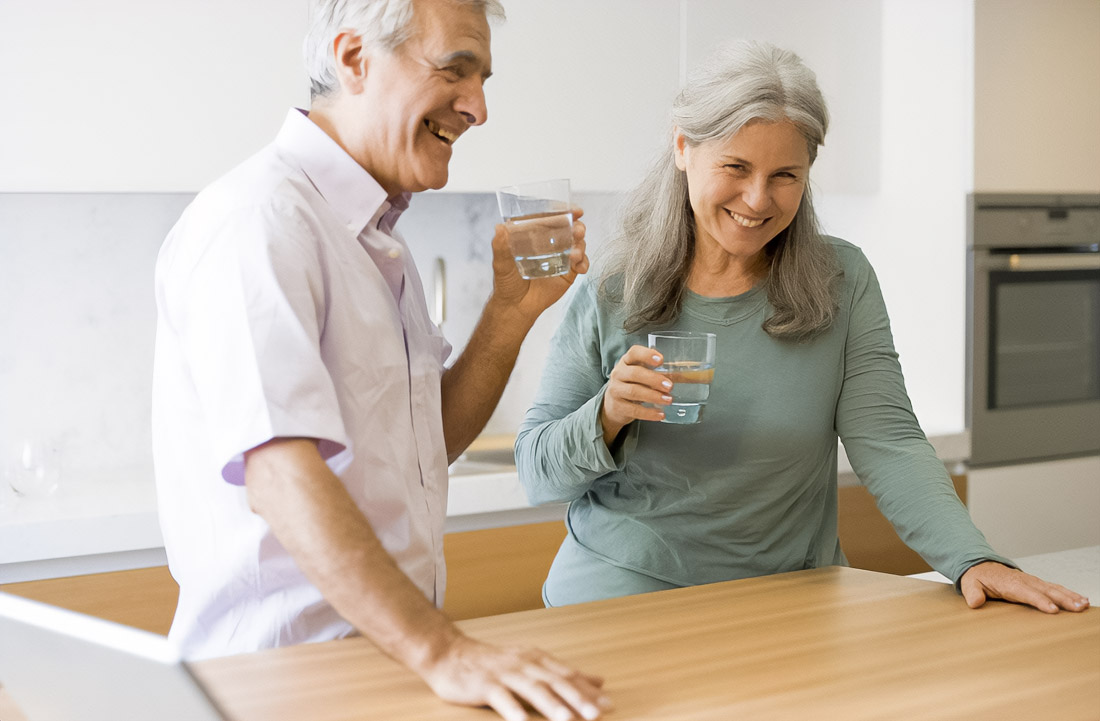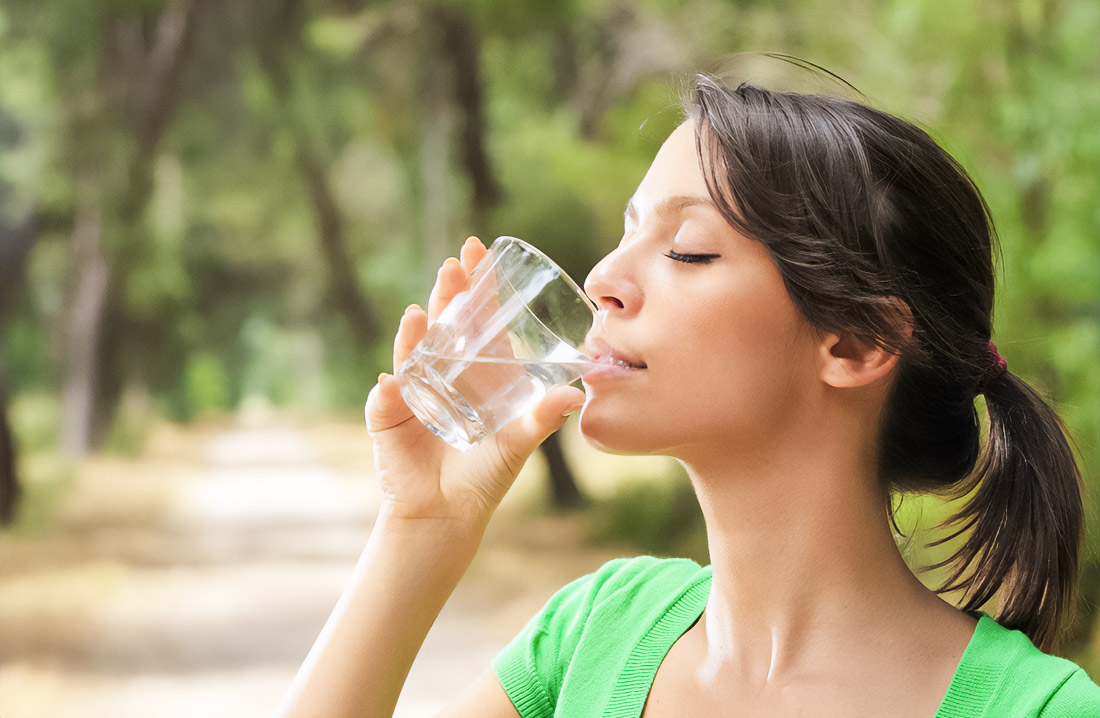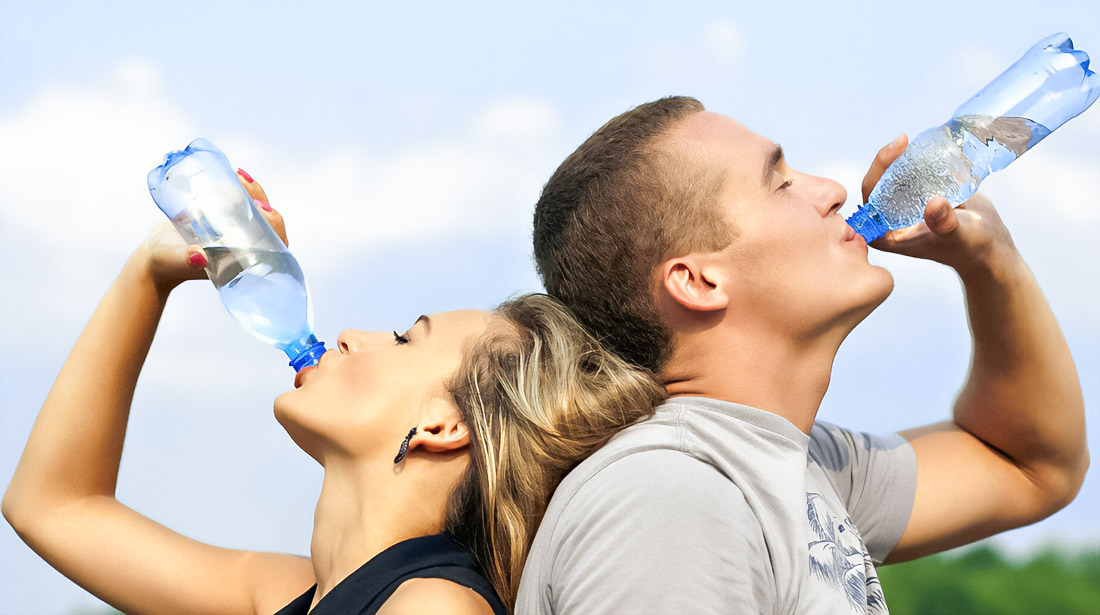How Dubai’s Intense Heat Impacts Water Quality

Each summer, temperatures in Dubai soar past 45 °C and frequently approach 50 °C. These extreme conditions push water systems and building engineering to their limits. The blend of heat, humidity, and endless sandstorms causes a host of problems requiring constant attention.
Page Contents
The Impact of Heat and Humidity on Water and Storage Reservoirs

When the temperature increases, the bacteria in the water tanks multiply much more quickly. Research shows that microorganisms in stagnant water can multiply twofold every 20 minutes. Older tanks that lack good insulation and heat up fast under the strong sun pose serious risks. When winter comes, condensation inside these tanks encourages sediment deposits and biofilm formation. That’s why experts in Dubai recommend cleaning rooftop tanks every 3 to 4 months and underground tanks at least once every six months.
Chlorination and desalination don’t remove all the salts and byproducts, so the water stays saturated with them. Once heated, these elements can cause a bad smell and make the taste more unpleasant. The longer water stays in a warm tank, the higher the risk of bacterial contamination becomes.
Desalination and High Mineralization

A significant portion of Dubai’s water supply comes from massive desalination facilities. The Jebel Ali plant alone processes 140 million gallons daily using multi-stage evaporation. This method requires huge energy consumption and increases the cost of water. At the same time, a high level of dissolved salts remains in the liquid. They not only spoil the taste but also accelerate the formation of plaque in plastic pipes and joints.
Plastic piping, including PVC, CPVC, and PE, is widely installed in water networks but can contribute to contamination when exposed to heat. Heat can trigger the release of chemicals that change the water’s flavor and present health concerns. Nevertheless, plastic is still the primary choice thanks to its low cost and durability against corrosion.
Home Filtration Systems: Protection Against Contamination

To minimize the threat of bacterial contamination and reduce mineralization, residents are increasingly installing multi-stage home water filtration systems. Reverse osmosis water filters are considered the most effective. They effectively remove salts, heavy metals, and bacteria. But the membranes in these units must be changed on a regular basis. Another problem is the complete removal of minerals that are useful in reasonable amounts.
Ultraviolet treatment kills microorganisms efficiently without chemicals. Still, it doesn’t impact the smell or lower salt levels. Activated carbon improves flavor and removes chlorine compounds but doesn’t do much against salts and bacteria. Ion exchange helps soften the water and eliminates nitrates. However, such filters must be regenerated to restore the properties of the resin.
In high-rise buildings, filters are usually installed under the sink. Villa owners prefer integrated systems for the whole house. During the warmer months, when bacterial growth speeds up, timely cartridge changes and filter maintenance are essential.
Conclusion
Living in Dubai’s climate demands specific conditions and proper engineering. Extreme heat, humidity, sandstorms, and high evaporation require frequent water tank checks and careful filtration. Using reverse osmosis with UV disinfection, activated carbon, and ion exchange reliably keeps water clean and enjoyable. Regular maintenance, thermal insulation, efficient energy use, and prompt tank cleaning extend equipment lifespan, promoting health and comfort in areas over 45 °C.

